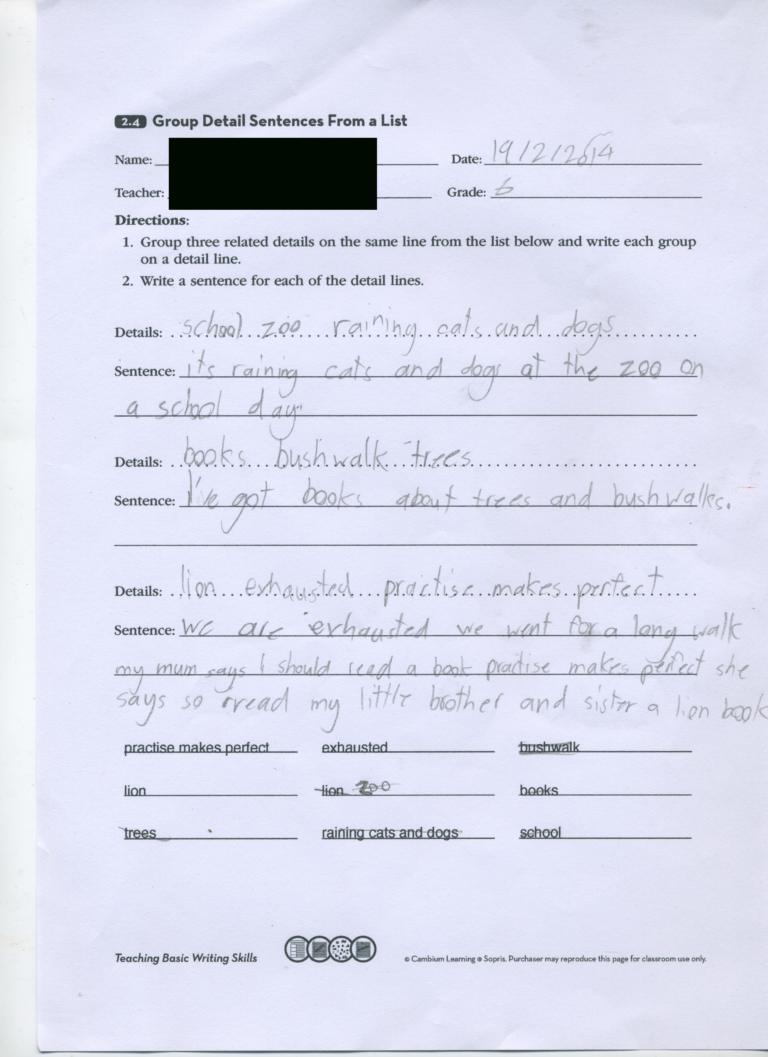"Afterlife: The Strange Science Of Decay" - Study & Answers | Quizlet & Worksheets
Is death truly the end, or is it merely a transformative process, a pivotal stage in a continuous cycle? The very essence of life, in its vibrant flourishing, is inextricably linked to the inevitable reality of death and the subsequent process of decay. This fascinating and, at times, unsettling truth forms the basis of a surprisingly complex scientific field.
The concept of decay, often relegated to the periphery of our thoughts, is, in fact, a fundamental biological process. Its the natural breakdown of organic matter, a complex dance of biological agents that returns essential elements to the ecosystem. Understanding this process provides a unique lens through which to view the interconnectedness of life, death, and rebirth. It's a science that bridges the gap between the macabre and the essential, offering a glimpse into the continuous cycle of nature.
Let's delve into the core questions that underpin the study of decay. The exploration begins by examining the foundational concept: "life relies on death." Living organisms are, in essence, constructed from the remnants of those that have passed. The nutrients and building blocks of life, elements like carbon, nitrogen, and phosphorus, are continuously recycled through the process of decay. Without this recycling, life as we know it would be unsustainable. This intricate system is maintained by the action of agents of decay.
- Find A Lawyer Near You Ramsey Law Legal Expertise
- Port Huron Mi History Maps Facts Your Guide To The Blue Water Area
The three primary agents of decay, working in concert, are:
- Insects: These tiny architects of decomposition, like blowflies, arrive rapidly and facilitate the early stages.
- Mold: Fungi and molds are a dominant factor in breaking down complex organic matter, transforming it into simpler substances.
- Bacteria: At a microscopic level, bacteria are the primary decomposers, breaking down organic matter into its basic components, which are then returned to the environment.
The question of what initiates the discoloration of the chicken offers another point of scientific exploration. It's often the activity of certain bacteria, such as Pseudomonas, which initially take hold. These microorganisms, driven by their need to survive, begin the process of breaking down the chicken's tissues, releasing pigments that result in the observed changes in color. This early-stage decomposition often proceeds rapidly, as the initial conditions are favorable for microbial proliferation.
Why do Pseudomonas get a head start? The answer is frequently related to environmental factors and the specific characteristics of the meat. Temperature, moisture, and oxygen availability are all vital components in the early stages of decomposition. Pseudomonas, with their specific metabolic strategies, often thrive in the environment created by these conditions, allowing them to quickly colonize and begin the breakdown process.
Another fascinating element is the role of blowflies, the first responders of decomposition. They are drawn to the decaying organisms by the volatile compounds produced by bacterial action. The odor of decay acts as a siren song, guiding these insects to the source, where they lay their eggs. The larvae, or maggots, then feed on the decaying matter, accelerating the breakdown process.
The exploration of decay has captured the imagination of scientists and the public. One illustrative example of public engagement is the experiment conducted at Edinburgh Zoo in the summer of 2011. A glass box, containing a complete kitchen and garden, was intentionally left to decompose in public view. This project, a real-time example of the science, gave onlookers the opportunity to watch the biological processes of decomposition unfold, exposing the underlying mechanisms that are usually hidden from sight.
To get deeper into the subject of decay, a lot of resources are available online, like worksheet answer keys. Those answer keys can provide a thorough explanation of the science of decay, and they offer insights into the implications for different areas, including the fascinating idea of the afterlife. These resources can be helpful, serving as a guide to understanding the multifaceted world of decomposition.
This is the information you will have to know when you want to get more knowledge on the subject of "Afterlife the strange science of decay".
Here are the different key subjects that are included in the topic of "Afterlife the strange science of decay"
| Aspect | Description |
|---|---|
| The Cycle of Life and Death | Explores the concept that living organisms are created from the remnants of dead ones, highlighting the importance of decomposition in sustaining life. |
| Agents of Decay | Identifies insects, molds, and bacteria as the primary agents responsible for breaking down organic matter. |
| Blowflies and Decay | Explains how blowflies are attracted to decaying organisms and their role in the decomposition process. |
| Initial Discoloration of Chicken | Discusses the factors leading to discoloration in the chicken, like the activity of bacteria such as Pseudomonas. |
| Factors for Decomposition | Elaborates on the various environmental conditions influencing decomposition. |
| Public Experiments | Highlights the Edinburgh Zoo experiment in 2011, where a kitchen and garden were left to rot to show decay in real time. |
For more in-depth information and resources, you can refer to the official website:
Example Scientific Research Organization
In summary, the study of decay is a captivating intersection of biology, ecology, and even philosophy. It is a testament to the interconnectedness of life. Whether examining the microscopic world of bacterial action or observing the effects of time on a kitchen garden, the exploration of decay offers invaluable insights into the processes that govern our world.



Detail Author:
- Name : Prof. Gregoria Ferry
- Username : gerhold.arlie
- Email : jazmyn00@considine.com
- Birthdate : 1970-07-22
- Address : 689 Gibson Landing Aliciaville, FL 37371
- Phone : 404.867.5047
- Company : Jaskolski, Heller and Cummings
- Job : Accountant
- Bio : Maiores saepe sit maiores fugit ipsam sequi error. Esse qui inventore laudantium. Perspiciatis qui at ut alias. Itaque eos accusantium aperiam enim.
Socials
twitter:
- url : https://twitter.com/akozey
- username : akozey
- bio : Rem architecto quia ipsa in incidunt consectetur. Voluptates vel provident esse. Ut suscipit earum quaerat id.
- followers : 2557
- following : 128
instagram:
- url : https://instagram.com/aiden.kozey
- username : aiden.kozey
- bio : Voluptate necessitatibus nihil quibusdam quo aut et incidunt. Sint vero quibusdam et quasi.
- followers : 5835
- following : 73
